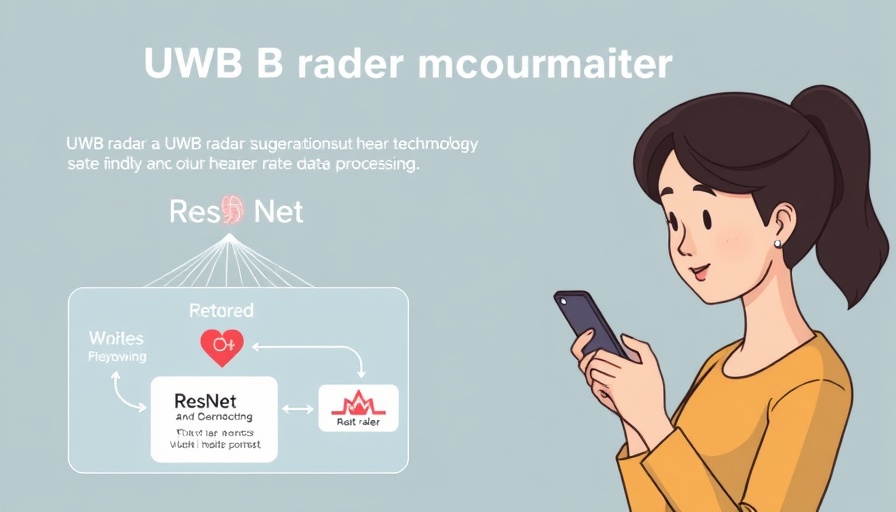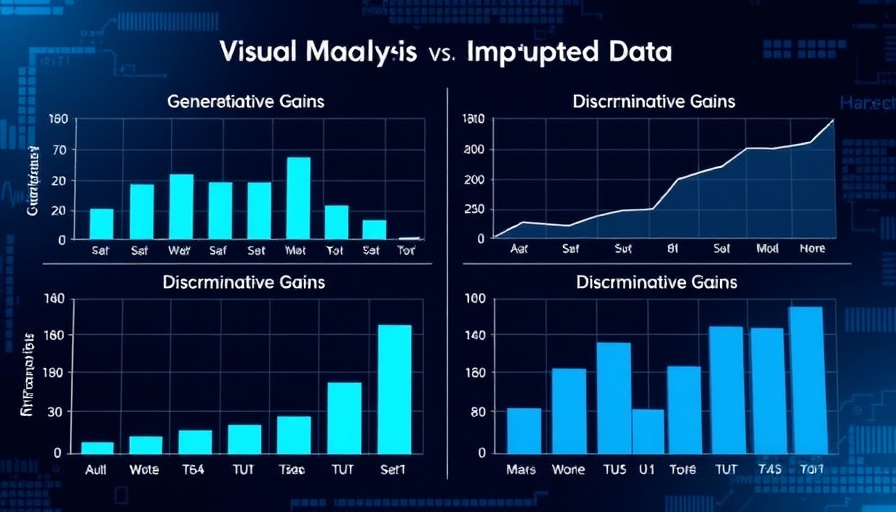
Revolutionizing Health Monitoring with Radar Technology
In a groundbreaking development, Google researchers have demonstrated that consumer devices can now monitor heart rate using ultra-wideband (UWB) radar technology. This innovation presents a significant leap in contactless health monitoring, enabling users to effortlessly keep an eye on their vital signs without the need for invasive methods or specialized equipment.
How UWB Technology Works for Heart Rate Measurement
The fundamental principle behind using UWB for measuring heart rate lies in its ability to sense minute movements, like those caused by a heartbeat, amidst larger bodily motions. Traditionally, contactless monitoring faced challenges due to these larger movements, yet the UWB radar’s distinctive signal processing capability allows it to differentiate between these signals effectively. This advancement means that everyday devices could include built-in heart rate monitoring features, making it easier than ever for individuals to track their fitness and health.
The Role of Transfer Learning in UWB Applications
Utilizing transfer learning, a machine learning method where knowledge gained in one domain is applied to another, Google has been able to adapt existing algorithms for radar-based heart rate measurement. This method expedites development, enabling quicker and more accurate detection of vital signs from the heart. Traditionally, deep learning models required extensive training on large datasets; however, with transfer learning, existing datasets from previous radar technologies can be used, minimizing time and resource demands.
Potential Applications Beyond Health Monitoring
As UWB radar technology becomes more common in mobile devices, its applications could expand well beyond heart rate monitoring. From detecting stress levels during meditation to tracking sleep patterns seamlessly, the potential benefits are vast. Moreover, integrating these health insights within mobile devices allows users to receive feedback in real-time, fostering a proactive approach to personal health.
Challenges Ahead: User Adoption and Data Privacy
With any technological advancement, user concerns around privacy and data handling remain paramount. As consumer devices start incorporating health insights through radar technology, ensuring robust data privacy protocols will be essential. Users must feel confident that their health information is handled securely and responsibly, paving the way for higher adoption rates of such technologies.
Conclusion: Embracing the Future of Health Technology
This leap in using UWB technology for heart rate monitoring is just the beginning. As the landscape of mobile devices evolves, we could soon see an array of health-monitoring capabilities embedded within the gadgets we use every day. Individuals are encouraged to stay updated on these advancements, considering how they might impact their health and overall wellness. Education on using these advancements will empower users to make informed decisions about their health.
 Add Row
Add Row  Add
Add 





Write A Comment